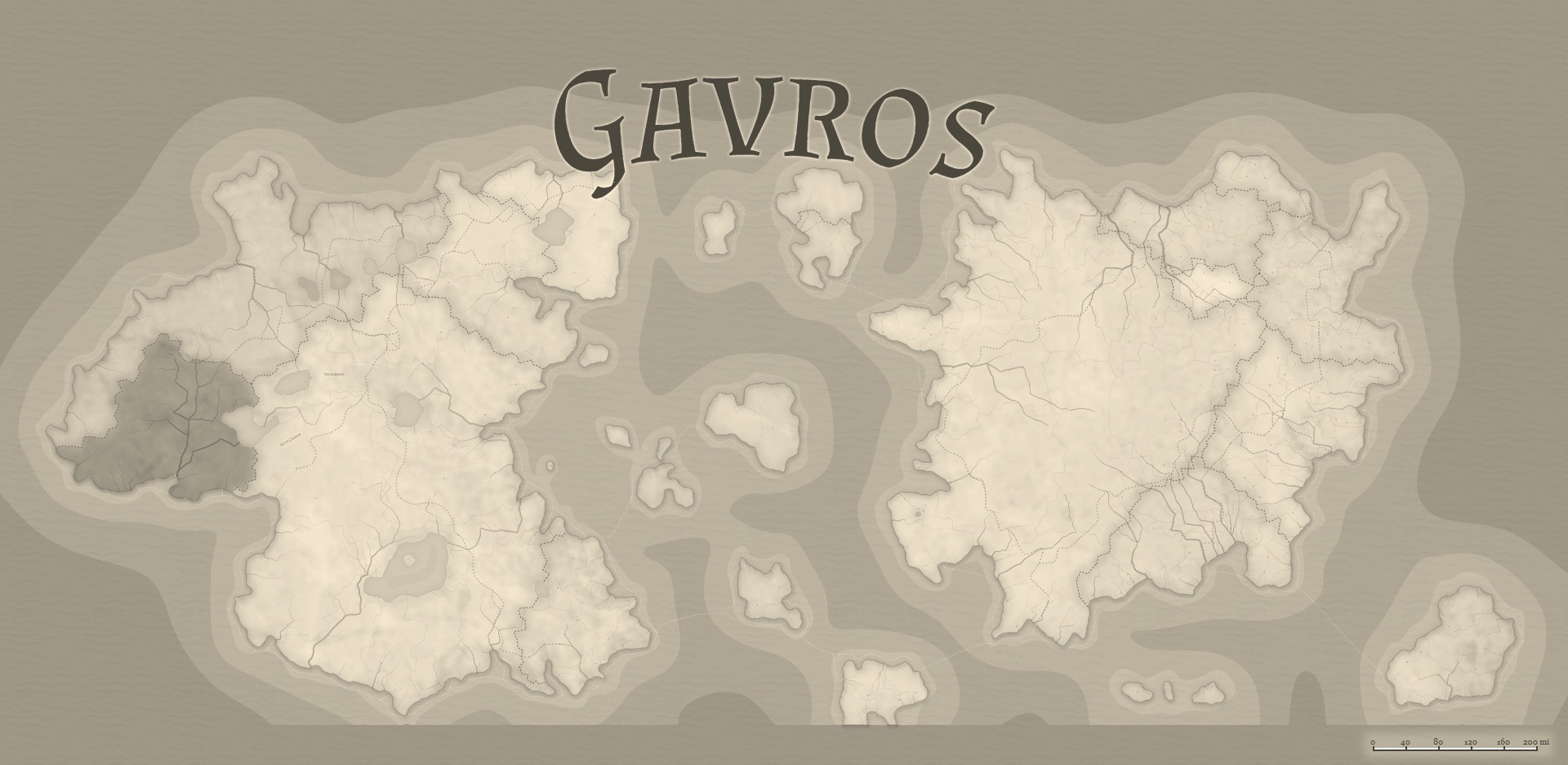Tortles are a race of largely nomadic humanoid turtles. Carrying their homes on their backs, tortles rarely settle down long enough to found permanent settlements. Despite this, most do feel a deep urge for community, a desire which need not necessarily be met by fellow tortles. The well lived life of a tortle is defined by long periods of travel referred to by Drembari tortle cultures as The Four Wanderings, sometimes referred to as four lives.
The First Wandering
A tortle’s life begins with their hatching, followed by a mad dash to the ocean. Tortle hatchings occur en masse by the thousands with eggs grouped into clutches of dozens of siblings, although it should be noted that lasting familial bonds between tortles are rare. Hatchings are typically threatened by opportunistic predators. Many First Wanderings end here.
The hatchlings that manage to reach the ocean quickly disperse on individual journeys in search of community, led by instinct and a natural love of exploration. The First Wandering may last anywhere from hours to years, ending with the tortle’s acceptance into their chosen found community.
The Second Wandering
The Second Wandering begins at early adulthood as a tortle reaches sexual maturity and begins traveling toward their breeding site. How tortles choose their mass breeding sites is not well understood, even to tortles themselves. Individuals from hundreds of miles around will converge within hours of each other at the season’s breeding site, having followed instinct and intuition for days or months. Arrival at the breeding site marks the end of The Second Wandering.
Tortles are hermaphroditic, possessing organs for producing both sperm and ova. While they are able to fertilize their own eggs in cases when access to breeding is limited, sexual reproduction is preferred.
Tortle biology lacks direct external access to ova, complicating reproduction. This is dealt with in a variety of ways by the assorted tortle cultures of
Gavros, but perhaps most spectacularly by those of the Isles. Drembari tortles engage in a violent but codified ritual of mass unarmed combat, culminating for each individual in an act of traumatic insemination. A cavity is physically opened, typically by a well placed swipe from a mate’s claws, to gain ovary access, and a pre-prepared spermatophore is deposited into the wound. The impregnated tortle, or clutch mother, retreats from battle to close their wound while their mate, war father of the clutch-to-be, returns to the battle.
This strategy has proven remarkably effective in elevating the tortle people of Drembari to a race of fierce and clever fighters. As impregnation is achieved through the besting of one’s mate in battle, an individual’s children tend to inherit genes which result in an adult that is stronger, faster or more clever than their clutch mother. A tortle will mate only once in their life.
The Third Wandering
Immediately after egg laying, tortles embark on their Third Wandering, instinctually finding their way to the place of their eventual death. This is sometimes characterized as a return "home" to the community found in their First Wandering, but the wandering can just as easily end anywhere from the place of their birth to a solitary mountain peak.
For some tortles, The Third Wandering is a time of deep reflection. For others, an epic adventure. For many it is simply a time to wrap up loose ends before moving on.
The Fourth Wandering
The final phase of a tortle’s existence begins with their death and culminates in their hatching. Accounts of the Fourth Wandering vary widely between religions and cultures, but the reality of reincarnation is generally taken for granted among tortles.



Comments